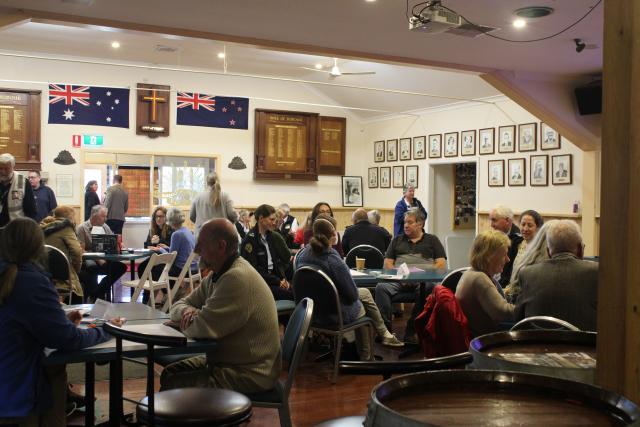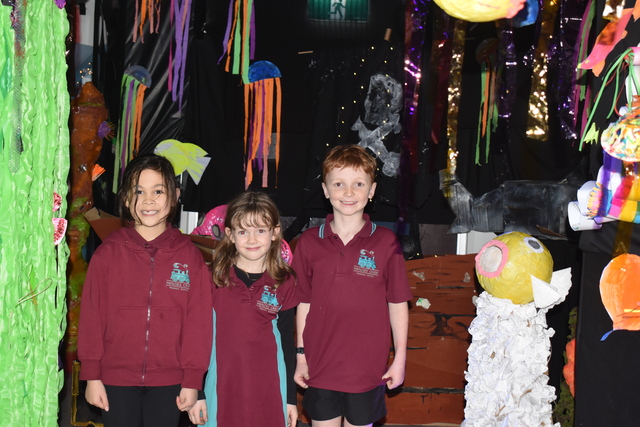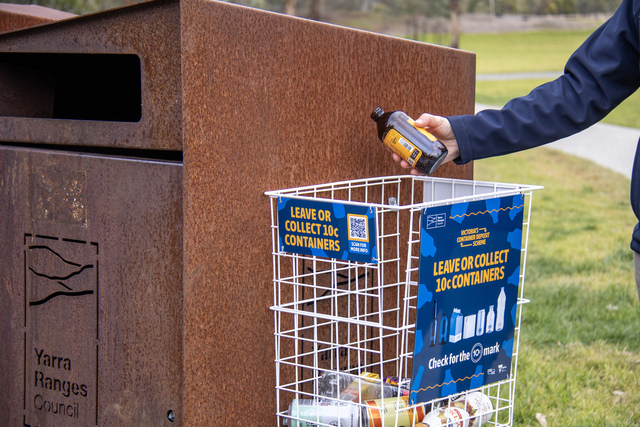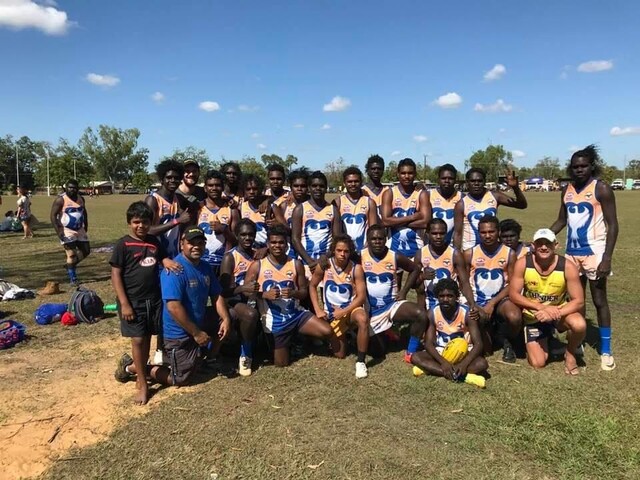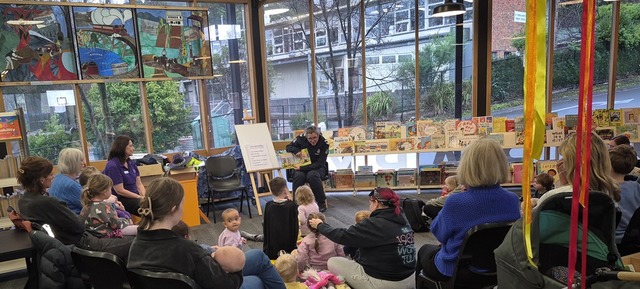Dandenong Ranges locals are looking at how to best recover and regroup after last year’s devastating storms ripped through the hills and nearby areas.
Yarra Ranges Council commenced their ‘Lessons Learned’ education sessions on Tuesday at Monbulk RSL alongside emergency management groups to help the community better understand the processes of organisations such as the SES, Victoria Police and Emergency Management Victoria response to weather disasters.
Lisa Keedle, Executive Officer for Emergency Management with Yarra Ranges Council said “community voice” inspired the sessions in Monbulk, Mount Dandenong and Mount Evelyn.
“Community relief mobilization, aspects around what the statements are also taken from community consultation placed last year; there’ll be themes around how to support community, how to support generator rollout, traffic management and supporting vulnerable people,” Ms Keedle said.
VICSES Assistance Chief Officer Ray Jasper spoke at the meeting and said the SES had around 15,900 storm-related callouts which did not include sustained work with energy companies, telecommunications companies or impact assessment support.
He also said it is “very rare” to get the southeasterly wind event the Dandenong Ranges experienced last year which did not just ravage the ranges, but the wider Yarra Valley.
“We had significant issues with responder agencies attracting people from rural areas due to Covid; they were really nervous in that space… and we could not use interstate resources…we couldn’t get an exemption to the 14 day quarantine,” Mr Jasper said of the June storm.
“We’re giving larger chainsaws to The Dandenong’s units; what we found were the chains were big, but not big enough,” he said.
“Looking at our own platforms for emergency operations… all of our agencies involved will do a short sharp working safely during a storm operations course.”
Part of the SES learnings will come from the Emergency Management Victoria’s community and operational report expected to be handed down soon – the process of which was touched on by organisation representatives.
“We utilised all that data that came through from local government, we had debriefs internally with our emergency management staff; we had a group of external researchers conduct surveys with community members across the period as well…and we were able to get some direct feedback from the community” EMV representative Lisa said.
“We had about 2000 observations – lots of data to pull together to identify those trends,” another representative Claire said.
“Capability and resource management, safety and wellbeing and intel and information flow were the top three insights.”
A representative from Yarra Ranges Council’s Emergency Management Response Team said while council is not a first responder with “lights and sirens”, it does play a coordinator role and provides community relief after storms.
“We had 154 staff that were in and out supporting that emergency response relief support,” the representative said.
After every emergency incident, council creates an independent review to detail how its’ response was effective and how it could improve moving forward. There were 170 recommendations which arose from this particular review, with some common themes, the council representative said.
“Both internal and external communications… we do need some other ways to get information out and communicate,” she said.
“Our data management…likewise our finance systems ensuring we can actually make decisions and put things in place to aquire services as soon as we can…
Set up human systems and services but also ensuring that there’s tight management [around the response].”

